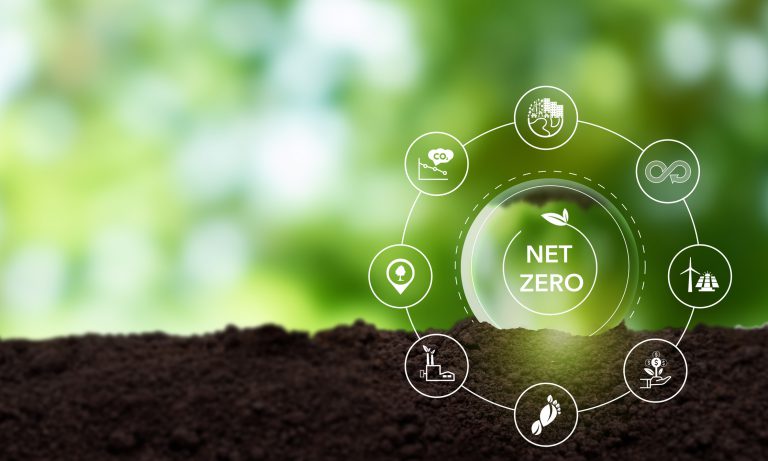News
How to reduce your carbon footprint: simple steps toward a net-zero future
08 April 2025
At Heartland we’re always seeking new ways to reduce our own, as well as our customers, impact on the environment. Over the last couple years Heartland has transitioned its company car fleet to cleaner, new generation vehicles including plug-in hybrids and battery electric vehicles. Also, Heartland recently partnered with Ruminati to help our Australian livestock customers track and reduce their on-farm carbon emissions.
This is a great start, but to get to a net-zero carbon future (in line with Australia’s goal of becoming Net-Zero by 2050), everyone needs to play their part to reduce the emissions that arise from day-to-day activities.
What is Net-Zero by 2050
Net-Zero by 2050, means cutting greenhouse gas emissions to as close to zero as possible, with any remaining emissions being offset through the use of carbon credits.
What does this mean for you?
Over the coming years Australian’s, and others around the world will need to reduce the emissions they generate in their day to day lives while also preserving and restoring our forests and other eco-systems.
The best place to begin in this journey, is by measuring your own carbon footprint which can be broken down into four major categories:
- Transport/Travel
- Food and drinks
- Housing and household energy use
- Shopping
In a typical household, major emissions come from energy from burning fossil fuels to produce electricity, stationary energy, and transport. Food waste also makes up a fairly large proportion of greenhouse gas emissions due to the biogenic methane released as it breaks down.
The actual footprint of each household varies. By calculating your own carbon footprint, you get a personalised view of your emissions based on your own activity and habits.
There are many ways you can measure your carbon footprint. Online carbon footprint calculators such as Carbon Positive, Carbonneutral and, Climate Action Australia are super quick and easy to use to gain an understanding of your personal impact on the environment, and take the first step in reducing your impact on the environment.
The next step is taking climate action based on your carbon footprint, some of which can actually save you money, and potentially lead to a healthier life, examples include:
- Food – Try having vegetarian meals for one day or more a week – Emissions from most plant-based products are 10-50 times lower than most animal-based products. Low-meat diets, those that include 50 grams of meat or less per day, yield roughly half as much heat-trapping gas, half as much water pollution, and use half as much land as meat-rich diets >100 grams per day).
- Transport – Reducing your travel emissions doesn’t have to be purchasing a new EV, it can be as little as reducing personal vehicle use when possible, and instead opting for low emission transport such as the train, bus, or walking. Most public transport providers in AU also provide free or discounts fares for senior card, or Pension Concession Card holders.
- Housing and household energy use – By using more energy efficient appliances and lights (such as LED’s) in your home, you can reduce both your power bills as well as the emissions generated in powering your home. Reducing your energy use associated emissions can also be achieved by using cold water when washing your clothes, only using your dishwasher when its full, or reducing your time in the shower. Generating your own power through solar panels is also a great way to save on costs and subsequentially emissions too.
- Shopping – The fashion industry is responsible for between 4 and 8.6% of the world’s global greenhouse gas footprint –– more than France, Germany and the United Kingdom combined. Buying second hand or upcycling old clothes into something new reduces the impact that creating and shipping clothes has on the planet. When buying new, look for high quality clothing which is made to last, and isn’t prone to wear and tear.
By looking to take climate action each day, big or small, we can all save the planet, and our back pocket as well.

